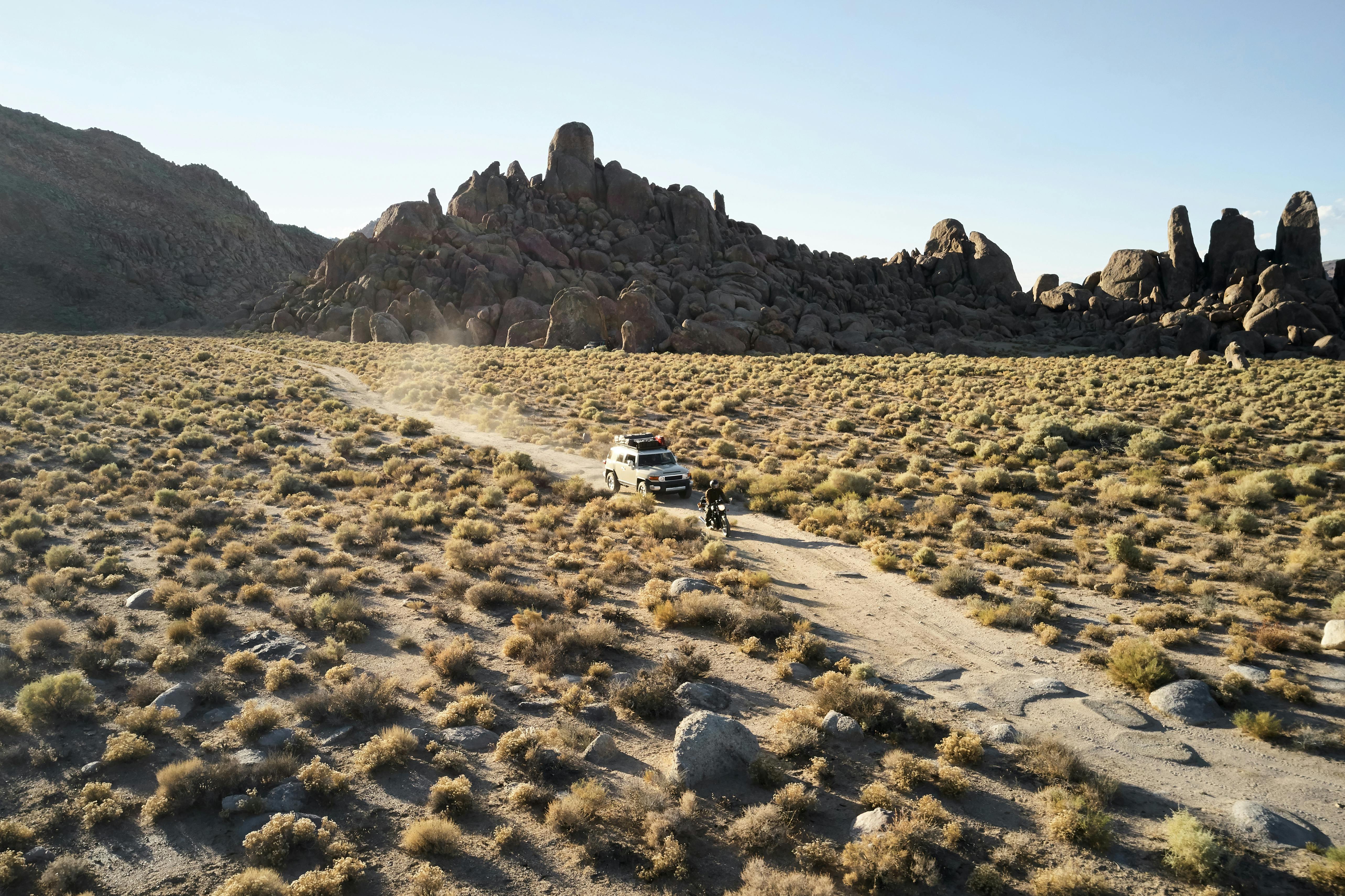1967-68 Mercury Cougar XR7
Conceived to be a car of elegance, luxury and class, the 1967-68 Mercury Cougar XR7 was proposed as a complement to the Ford Mustang that eventually became a highly stylish and affordable car.
Similar to Ford Mustang but with differences
The 1967-1968 Cougar XR-7 was largely based on the restyled ’67 Mustang. However, it only came in a single body, which was a two-door hardtop notchback. It didn’t have the convertible or fastback body options available like the Mustang (convertible tops weren’t available until 1969). Underneath, however, the Mercury Cougar embodied what a Mustang was, but with a few differences. The Cougar XR-7 had a 111-inch wheelbase, while the Mustang was just 108 inches. The Cougar XR-7’s front suspension had coil springs that were mounted on the upper control A-arm, while the rear had leaf springs. This was similar to what the Mustang had, but the ’67 -’68 Cougar had a smoother ride due to the softer suspension bushings. Another difference between the Cougar XR-7 and the Mustang is that the Cougar had articulated drag struts in its front suspension. This affected the Cougar’s body structure less, which helped give it a “luxurious” image. To add to the luxury, the Cougar XR-7 was also equipped with a special sound deadening package.
European and luxury style
The ’67 Cougar, intended to be a more refined vehicle, was offered with three engines:
- 200 hp 289 ci V-8 (two-cylinder carburetor and single exhaust system)
- 225 hp “Super 289” ci V-8 (four-cylinder carburetor and dual exhausts)
- 320 hp 390 ci V-8 (GT Equipment Package with Ford Big Block Engine)
The 390 engine, which was available for the Cougar and other Mercury vehicles, was called the Maurader 390 GT. The GT package allowed drivers to turn the Cougar XR-7 into a true muscle car. Along with these three types of engines, each could be purchased as a three-speed automatic, a three-speed manual, or a four-speed manual.
The ’67 -’68 Mercury Cougar XR-7 was pretty unique when it came to styling. Probably the most notable feature of the car was its full-width split grille at the front that resembled an electric razor. The front end also had hidden headlights. At the rear of the Cougar there were also vertical grille grilles with sequential taillights that borrowed their look from the Ford Thunderbird.
Although the exterior of the Mercury Cougar was unique compared to its relative, the Mustang, its interior was identical. Overall, the 67-68 Cougar shared a two-capsule steering wheel, console, and dash that was remarkably similar to Mustangs. That is until the Cougar XR-7, introduced in January 1967, which gave the car a more “European” flair. The XR-7 model came with a wood-textured steering wheel, overhead console, and simulated wood-textured instrument panel that featured a full set of black-faced competition instruments. The “European” theme was further accentuated with a series of Jaguar-style toggle switches that were used to control the various interior lights. The XR-7 also had a central automatic transmission shifter that was shaped like a “T”. The upholstery inside the Cougar XR-7 was leather and vinyl.
With the introduction of the Cougar, and more specifically the Cougar XR-7, Mercury finally had a pony car that became an icon for them for several decades.
